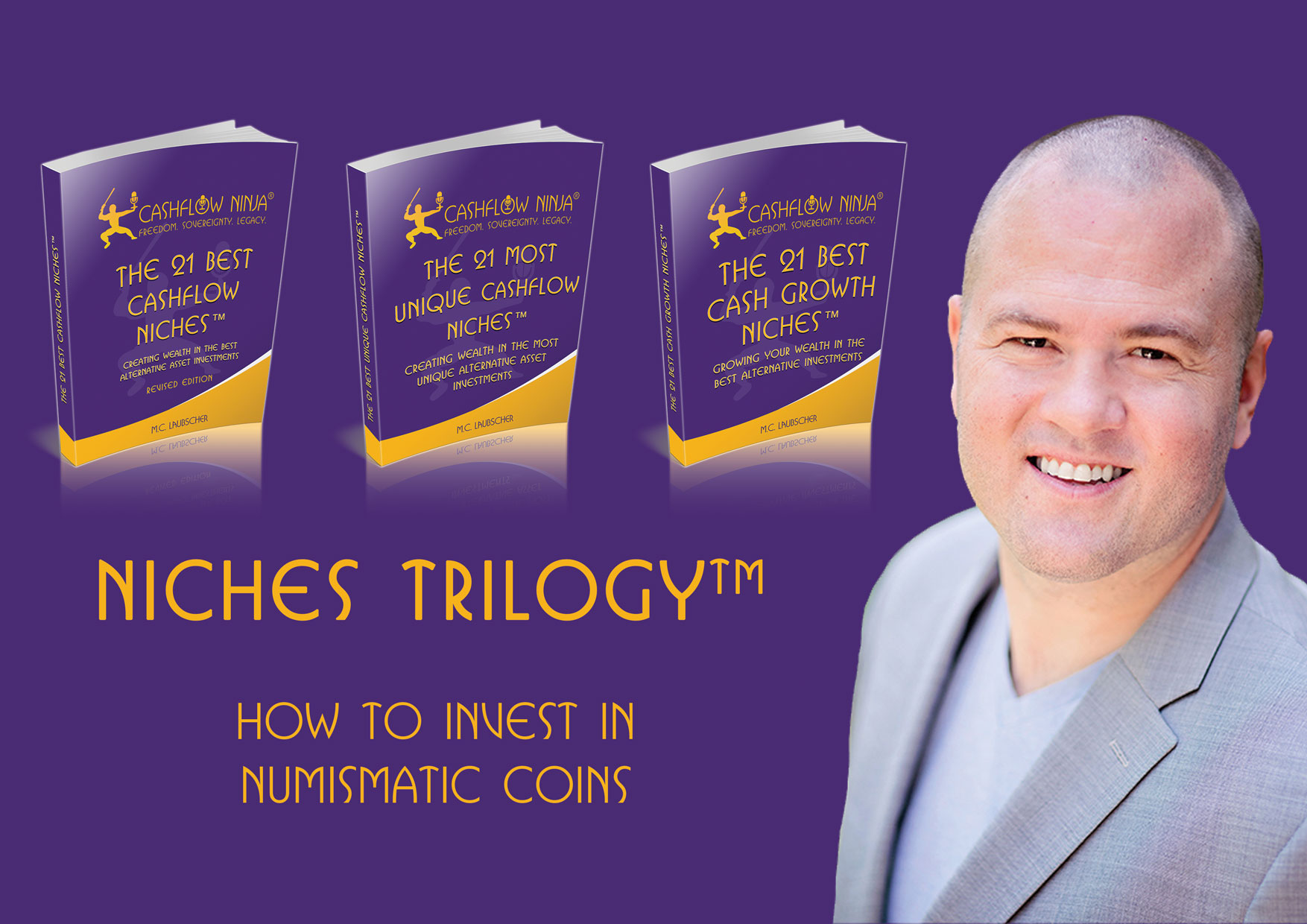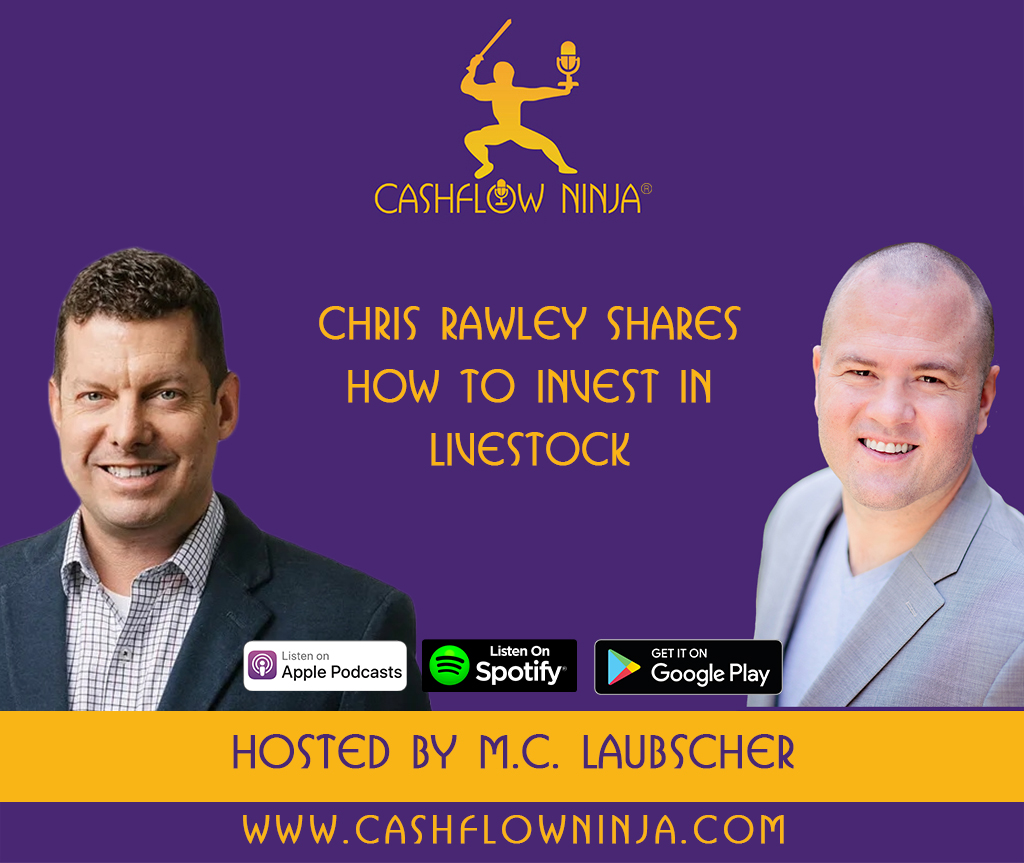
Numismatic coins are collectible coins with value beyond their face value or the value of the metal they contain. This value comes from factors such as rarity, historical significance, condition, and demand among collectors. Unlike bullion coins, valued based on their metal content and primarily seen as investments, numismatic coins are prized for their collectibility and unique attributes. Here’s a closer look at the features that define numismatic coins:
One of the primary factors contributing to a coin’s numismatic value is its rarity. Coins that were minted in limited quantities or that have survived in smaller numbers due to age, historical events, or mint errors are typically more desirable to collectors.
Coins that have historical significance—such as those minted during a particular event or era, or those featuring notable designs or errors—often attract interest from those who collect coins to own a piece of history.
The condition or grade of a coin significantly affects its numismatic value. Coins are graded on a scale, with the highest-quality coins showing no signs of wear and maintaining their original mint luster. The grading scale includes designations like MS (Mint State) for uncirculated coins and PR or PF (Proof) for proof coins, which are made with special dies for a more detailed finish.
Some coins are collected for their artistic merit or distinctive design features. Collectors may value specific designs highly due to the skill of the coin’s designer or the beauty of the coin’s appearance.
The interest and demand among collectors also play a crucial role in determining a numismatic coin’s value. Some coins may become more valuable simply because they are popular within the collecting community, regardless of how many were minted.
Due to their value, numismatic coins are often authenticated and graded by professional services such as the Numismatic Guaranty Corporation (NGC) or the Professional Coin Grading Service (PCGS). These organizations confirm a coin’s grade and authenticity, helping solidify its value in the marketplace.
Examples include rare US coins like the 1913 Liberty Head nickel, of which only five exist, or ancient coins such as Roman denarii or Greek tetradrachms. Other examples include error coins, like double dies or off-center strikes, which are mint mistakes that create rarity.
Numismatic coins offer collectors a unique blend of history, artistry, and the thrill of the chase, making them a hobby for many and a serious investment for others. Their value can appreciate over time, especially as coins become harder to find or as interest in certain types of coins increases.
Why Invest In Numismatic Coins
Investors are drawn to numismatic coins for a variety of compelling reasons, each underscored by the unique attributes of these collectibles and their potential for value appreciation.
Numismatic coins can significantly appreciate over time, especially those that are rare or have historical significance. The increase in value typically surpasses the intrinsic value of the metal, driven by factors such as rarity, demand, and historical context. Coins minted in limited quantities or during significant historical periods are particularly sought after.
Many investors are attracted to numismatic coins due to their historical significance and artistic merit. Owning coins from various eras or civilizations provides a tangible connection to history and art, offering cultural enrichment and potential profitability. This historical allure often enhances a coin’s desirability and market value.
Numismatic coins offer an alternative asset class that can diversify an investment portfolio. Their value typically does not correlate directly with traditional financial markets or commodities, making them a helpful hedge against market volatility or inflation, and potentially stabilizing returns during economic downturns.
Beyond their metal content, numismatic coins possess intrinsic value based on conditions, design, and minting errors. Their value as collectibles can rise independently of their material worth, often influenced by trends in the collectors’ market, new discoveries, or shifts in collecting preferences.
Although not as liquid as stocks or bonds, numismatic coins have a well-established global market that includes collectors, dealers, and auction houses. This market provides a degree of liquidity that enables investors to buy or sell coins relatively easily, depending on timing and market conditions.
Investing in numismatic coins offers privacy and control over one’s investment, which is less readily achievable with stocks or bonds. Coins can be privately and securely stored, allowing investors direct control over their asset without the need for intermediaries.
Numismatic coins can also serve as heirlooms to be passed down through generations, often increasing in sentimental as well as financial value. This aspect of coin collecting is particularly appealing to those looking to create a tangible legacy.
Overall, numismatic coins attract investors not only for their potential financial returns but also for the deeper connection they offer to history and art, the benefits of diversification, and the personal satisfaction of building a meaningful collection.
Numismatic Coins Ecosystem
The numismatic coin ecosystem is a dynamic and comprehensive network that encompasses various stakeholders involved in collecting, trading, evaluating, and preserving collectible coins. This ecosystem facilitates the exchange and appreciation of numismatic coins and plays a pivotal role in maintaining their integrity and fostering enthusiasm for coin collecting.
Key Stakeholders
Collectors: At the core of the numismatic community are the collectors, who range from hobbyists collecting coins for personal pleasure to serious investors seeking coins as a store of value or for potential financial returns. Collectors are the primary drivers of demand in the market and often specialize in specific types of coins, such as those from ancient times, the medieval period, or modern issues.
Dealers: Dealers are essential for the buying, selling, and appraising of coins. They operate through physical stores, online platforms, and at coin shows, where their expertise in numismatics helps them accurately price coins based on factors like demand, rarity, condition, and historical importance.
Auction Houses: These institutions play a critical role in facilitating the sale of especially rare or valuable coins to the highest bidders. Auction houses are instrumental in establishing benchmark prices for highly coveted numismatic pieces and often provide valuable market data through the publication of auction results.
Grading Services: Entities such as the Numismatic Guaranty Corporation (NGC) and Professional Coin Grading Service (PCGS) evaluate the condition and authenticity of coins, assigning grades that standardize their market value. These services are crucial in ensuring reliability and consistency in coin transactions.
Numismatic Associations and Societies: Organizations like the American Numismatic Association (ANA) offer educational resources, organize events, and promote the study and collection of coins. They play a significant role in advancing the knowledge and appreciation of numismatics through publications and conferences.
Museums and Educational Institutions: Museums are vital for preserving historical coins and providing the public with opportunities to learn about numismatics. They often maintain extensive collections that highlight the cultural and historical narratives of coinage through the ages.
Mints: Responsible for coin production, mints frequently release collectible coins that appeal to numismatists, including limited edition sets, commemorative coins, and proof coins crafted with exceptional care to achieve high-quality finishes.
Supporting Services
Authentication Experts: These specialists verify the authenticity of coins, protecting investors from counterfeits and maintaining the integrity of collections.
Conservation Specialists: These professionals are dedicated to preserving coins’ condition, using techniques that prevent deterioration and ensure their long-term preservation.
Media and Publications: Dedicated to providing news, analysis, and insights into the numismatic world, these platforms help collectors stay informed about market trends, new discoveries, and significant auctions.
How To Generate Income
Investing in numismatic coins merges a passion for history with the potential for financial gain.
The main avenue for profit in numismatic coins is capital appreciation. Coins that are rare, have a significant provenance, or are in exceptional condition can see their value increase dramatically. This appreciation in value is realized as profit when the coin is sold at a higher price than its purchase cost.
Coins from limited mints or those with minting errors tend to be more valuable. As the collector base grows, the demand for these unique items drives up their price, potentially leading to substantial returns for investors holding such coins.
By keeping informed about numismatic market trends, investors can strategically purchase coins when they are undervalued and sell them during peak market demand. Factors like anniversaries, historical commemorations, or shifts in collector interest could influence this timing.
High-value numismatic coins often go to auction, where they can fetch prices well above their appraisals due to competitive bidding. Investors can benefit significantly by entering well-valued coins with compelling histories or outstanding conditions into these auctions.
Some investors actively trade numismatic coins, leveraging market fluctuations to profit from buying low and selling high. This approach requires a deep understanding of numismatics and market dynamics.
Having coins professionally graded and authenticated can significantly enhance their market value. Coins graded by respected services like PCGS or NGC are more trusted and can command higher prices. Investors might purchase ungraded coins and have them graded, potentially selling them at a premium if their condition is exceptional.
Adding numismatic coins to an investment portfolio introduces a layer of diversification that can protect against volatility in more traditional markets such as stocks or real estate. The unique factors influencing numismatic coin values offer a hedge against broader market movements.
Numismatic coins can accrue value as they are passed down through generations. Older coins often become more valuable over time, embodying both monetary worth and historical significance, which can be realized upon eventual sale.
How To Lose Money
Investing in numismatic coins, while potentially lucrative, carries certain risks that can lead to financial losses.
The numismatic market can be highly volatile, with coin values fluctuating due to changes in collector interest, market trends, and economic conditions. Incorrectly estimating a coin’s value, whether by overpaying at purchase or selling at an inopportune time, can lead to losses.
Numismatic investing requires a deep understanding of coin grading, historical significance, and market demand. Novice investors without sufficient knowledge can make costly mistakes in purchasing or may not recognize when to sell.
The risk of encountering counterfeit or altered coins is significant in the numismatic world. Investing in a counterfeit coin can result in a total loss, as such pieces have minimal to no value among collectors and experts.
The condition or grade of a coin heavily influences its value. Misjudging a coin’s condition — such as overlooking subtle signs of wear or prior cleaning — can dramatically affect its market worth and resale potential.
Numismatic coins are not as liquid as other assets like stocks or bonds. Selling a rare coin for its full value can take time, and there may be instances where an investor needs to sell at a lower price due to immediate cash needs.
Collector preferences can shift over time, affecting the desirability and value of certain types of coins. If an investor’s collection falls out of favor, it may depreciate in value, making it harder to sell without incurring losses.
Broad economic downturns can diminish discretionary spending on hobbies like coin collecting, impacting the overall demand and prices in the numismatic market.
Properly storing and insuring a numismatic collection can be costly. These ongoing expenses can erode potential profits, particularly if the coins do not appreciate as expected.
Investors might spend less on enhancing their collection with a proportional increase in value, such as paying for expensive restorations or premium acquisitions that do not yield a return on investment.
Positives & Negatives Of Investing In Numismatic Coins
Positives:
1. Potential for High Returns: Well-chosen numismatic coins can appreciate significantly in value, particularly those that are rare, historically significant, or possess unique attributes. The potential financial returns can be substantial compared to other types of collectibles.
2. Historical and Cultural Value: Numismatic coins often have rich histories and cultural significance, making them fascinating and rewarding to collect. Investors can derive personal satisfaction from owning tangible pieces of history.
3. Portfolio Diversification: Because the value of numismatic coins generally does not correlate directly with traditional financial markets, they can serve as a hedge against market volatility, offering financial protection during economic uncertainty.
4. Inflation Hedge: Similar to other tangible assets like precious metals, numismatic coins can act as a hedge against inflation. As the value of money decreases, the value of tangible assets often increases.
5. Privacy and Control: Numismatic coin investments provide a degree of privacy, as transactions can be made discreetly. Investors also retain control over their assets, which can be stored securely and privately.
6. Aesthetic and Educational Value: Collecting numismatic coins can be aesthetically pleasing and educational, offering insights into art, history, economics, and geography.
7. Liquidity: Although not as liquid as some investments, there is a robust market for numismatic coins, with numerous dealers, auctions, and collectors providing potential exit strategies.
Negatives:
1. High Entry Costs: Acquiring numismatic coins, especially rare or highly sought-after ones, can be expensive. The costs associated with purchasing, appraising, and insuring these coins can be significant.
2. Market Volatility: The value of numismatic coins can be highly volatile, influenced by market trends, collector demand, and economic factors. Prices can fluctuate widely, making timing a critical factor for profitability.
3. Counterfeit Risks: The numismatic market is vulnerable to counterfeits and forgeries. Investing in counterfeit coins can result in total losses, making authentication and verification crucial.
4. Specialized Knowledge Required: Successful investing in numismatic coins requires specialized knowledge, including understanding grading, authentication, and market dynamics. Without this expertise, investors are at risk of making poor buying or selling decisions.
5. Illiquidity Compared to Financial Assets: While there is a market for numismatic coins, selling a coin, particularly a rare or unique one, can take time and may require accepting lower offers than expected.
6. Storage and Insurance Costs: Proper storage and insurance are necessary to protect the investment, adding ongoing costs that can erode potential gains.
7. Emotional Attachment: The personal enjoyment of collecting can sometimes lead to emotional investment decisions that may not align with sound financial strategies.
Investment Opportunity Filter™
The Investment Opportunity Filter™ evaluates an investment opportunity based on cashflow, tax benefits, appreciation, and the leverage it provides.
Numismatic Coins score a 2/4 with The Investment Opportunity Filter™.
Numismatic Coins can significantly increase in value, and you can also leverage the skill sets, capabilities, networks, and capital of others.
Subscribe To Our Weekly Newsletter:
The Wealth Dojo: https://subscribe.wealthdojo.ai/
Download all the Niches Trilogy Books:
The 21 Best Cashflow Niches
Digital: https://www.
Audio: https://podcasters.spotify.
The 21 Most Unique Cashflow Niches
Digital: https://www.
Audio: https://podcasters.spotify.
The 21 Best Cash Growth Niches
Digital: https://www.
Audio: https://podcasters.spotify.
Listen To Cashflow Ninja Podcasts:
Cashflow Ninja
https://podcasters.spotify.
Cashflow Investing Secrets
https://podcasters.spotify.
Cashflow Ninja Banking
https://podcasters.spotify.
Share This
Related

840: Chris Rawley: How To Invest In Livestock
My guest in this episode is Chris Rawley. Chris is a retired Navy Reserve Captain, founded Harvest Returns in 2016 to democratize agricultural investments. During his 30-year military career, Rawley served in leadership roles across naval, expeditionary, and joint special operations units, deploying to regions such as Afghanistan, Iraq, Africa, the Middle East, and the…

839: Louis O’Connor: The Exciting Trends For Rare Earth Metals Right Now
My guest in this episode is Louis O’ Connor. Louis is the Founder, and Principal of Strategic Metals Invest. We are the only industry supplier in the world to offer private investors the option to purchase and profit from owning Strategic Metals. The investment play is exactly the same paradigm as investing in Precious Metals,…

838: Michael Cobb: How To Buy Your Home Overseas And Get It Right The First Time
Our guest today is Mike Cobb, co-founder & CEO of ECI Development and President of Gran Pacifica. Named among the “100 Outstanding CEOs in Central America” by Mercados & Tendencias, Mike left a successful career in the computer industry to pursue opportunities in the emerging real estate markets of Central America. In 1996, he co-founded…
